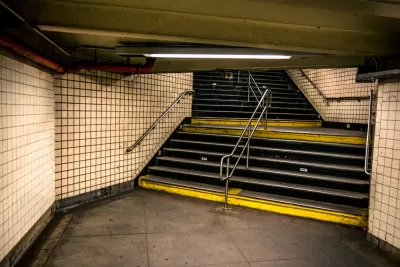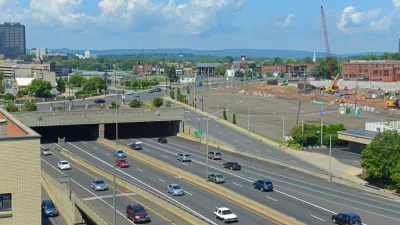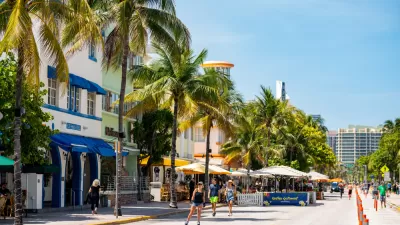"Who do you learn from?" is a question that transportation planners, particularly in the United States, should ask themselves.

Alon Levy argues that countries in Europe and Asia look for lessons about transportation planning from a range of places in contrast to the approach of English-speaking countries that tend to operate in a closed network.
"Rather, the shared characteristics in the Anglosphere seem to be that these countries mostly learn from each other. The idea of road pricing was introduced to the world by the Smeed Report in 1962-4, then actually implemented in Singapore in 1975, then failed to make it to Hong Kong, then got back to London in 2003, and only then became a well-known idea in the American discourse," says Levy.
Levy uses the current coronavirus epidemic as an analogy by pointing out that Asian countries learned response lessons quickly from each other, while the United States and European countries have been slow to follow. In the case of transportation planning, Anglosphere countries choose to value their experiences and knowledge over those of other countries, Levy asserts.
“Senior management in big American cities does not understand anything about how things work in other countries, nor do the managers have any social relationships with their peers abroad. Domestically, and sometimes even across the northern border, it’s different – a senior manager in New York has gone to national conferences and met peers from Los Angeles and Chicago and Boston and Seattle and probably also Toronto. A best practices effort that’s restricted to North America empowers such managers,” says Levy.
FULL STORY: Who Do You Learn From?

Planetizen Federal Action Tracker
A weekly monitor of how Trump’s orders and actions are impacting planners and planning in America.

Maui's Vacation Rental Debate Turns Ugly
Verbal attacks, misinformation campaigns and fistfights plague a high-stakes debate to convert thousands of vacation rentals into long-term housing.

San Francisco Suspends Traffic Calming Amidst Record Deaths
Citing “a challenging fiscal landscape,” the city will cease the program on the heels of 42 traffic deaths, including 24 pedestrians.

Defunct Pittsburgh Power Plant to Become Residential Tower
A decommissioned steam heat plant will be redeveloped into almost 100 affordable housing units.

Trump Prompts Restructuring of Transportation Research Board in “Unprecedented Overreach”
The TRB has eliminated more than half of its committees including those focused on climate, equity, and cities.

Amtrak Rolls Out New Orleans to Alabama “Mardi Gras” Train
The new service will operate morning and evening departures between Mobile and New Orleans.
Urban Design for Planners 1: Software Tools
This six-course series explores essential urban design concepts using open source software and equips planners with the tools they need to participate fully in the urban design process.
Planning for Universal Design
Learn the tools for implementing Universal Design in planning regulations.
Heyer Gruel & Associates PA
JM Goldson LLC
Custer County Colorado
City of Camden Redevelopment Agency
City of Astoria
Transportation Research & Education Center (TREC) at Portland State University
Jefferson Parish Government
Camden Redevelopment Agency
City of Claremont





























